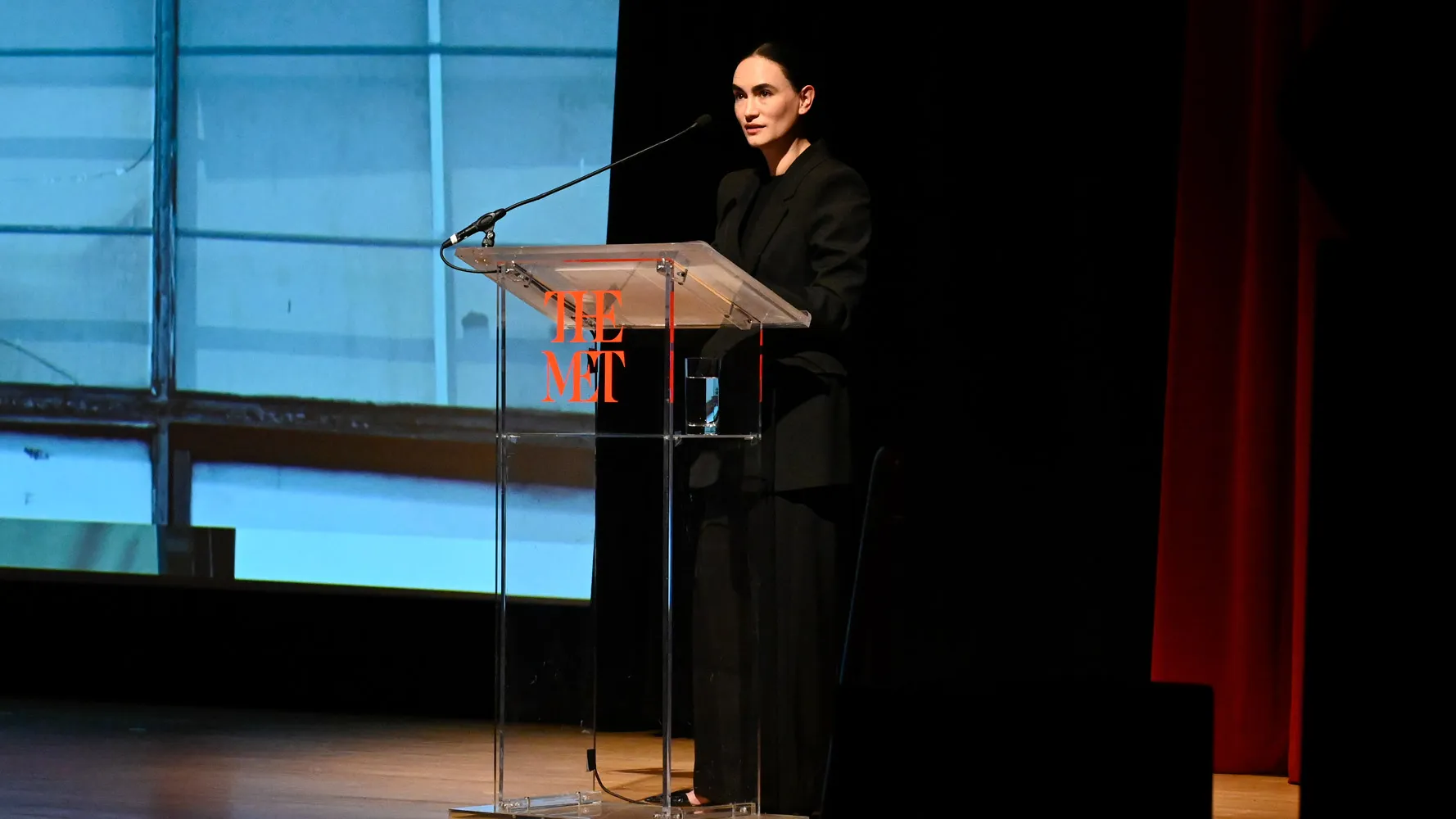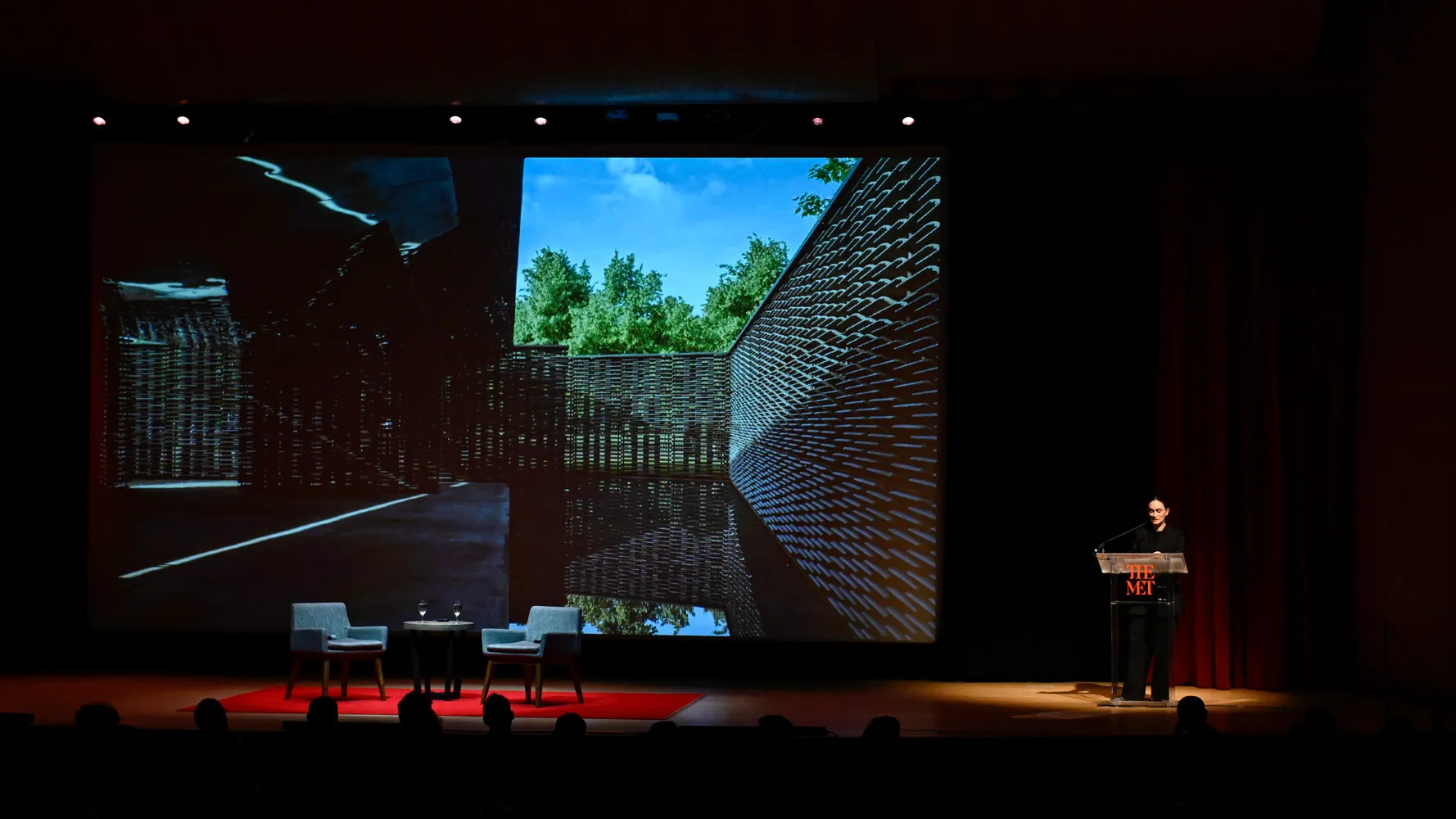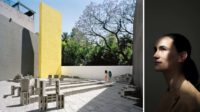Frida Escobedo Launches a Lecture Series on the Future of the Met








Architects & Firms
Those who attended Frida Escobedo’s presentation at the Metropolitan Museum of Art last night hoping to get a glimpse of what the future Met would look like instead got a glimpse into the thinking behind the Mexican architect’s approach. Escobedo, who was selected as the project architect for the renovation of the modern and contemporary art galleries for the hallowed New York institution, revealed little about what form the Oscar L. Tang and H.M. Agnes Hsu-Tang Wing might take on, but discussed the interests and inspirations that have influenced her work until now. And while Escobedo said that some of her concepts “come from humble projects,” the 43-year old is taking on the biggest capital project in the history of the Met, according to its director, Max Hollein, who remarked on Escobedo’s ability to create “sensitive but also charged spaces for art.”
One concept that will inform Escobedo’s design for the Met, is that of weaving. “Weaving has often not been taken seriously as an art form because it represents a mainly feminine tradition,” Escobedo said. But if weaving has shaped some of her built work—the screen-like walls of her 2018 Serpentine Pavilion quite literally look as if they had been woven—the concept will also play a large role in a figurative way at the Met, where she intends to weave together aspects of the museum’s encyclopedic collection and disparate spaces. “My job is not to organize but to instigate, to challenge the relationships of people, space, and matter.”
Escobedo, who has moved her office into a studio above the Great Hall inside the Met, points to both gender and geography as influences. The stone sculptures, structures, and settlements of ancient civilizations in her native Mexico are reflected in her highly tectonic work. But how to translate that solidity, that opacity, in a public institution that seeks transparency and engagement will be one of many challenges Escobedo will face as her design develops.
MetSpeaks: Designing Tomorrow’s Met is a three-part series that will continue next month with a lecture on November 17 by Nader Tehrani of NADAAA, lead architect for the renovation of the galleries for Ancient Near Eastern and Cypriot Art. That is followed by Kulapat Yantrasast’s talk on December 6. The founder of WHY is the lead architect for the Michael C. Rockefeller Wing, which houses art from sub-Saharan Africa, Oceania, and the ancient Americas. According to Hollein, “These major architectural projects represent the Met’s commitment to the continual reevaluation and reconsideration of how we present the museum’s vast collection of art from around the world and across time.”









